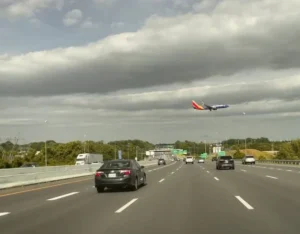Scientists in the Netherlands are concerned that Elon Musk’s Starlink satellite radio waves might disrupt their ability to carry out their work. The latest generation of these satellites has significantly impacted radio telescope operations. Their main objective, especially in remote places, is to provide high-speed internet to everyone.
Although Starlink provides fast internet access to far-flung places throughout the globe, such as Yemen and Ukraine, the detrimental effects on astronomical research are starting to become evident. According to Professor Jessica Dempsey, head of ASTRON, the growing number of satellites limits scientists ability to observe the sky. Researchers are particularly interested in studying black hole jets and distant galaxies now obscured by satellite radiation.
According to an analysis conducted with the LOFAR radio telescope, the radiation emitted by Elon Musk’s second-generation, or V2, Starlink satellite is 32 times greater than that of the first generation. The radiation level here is much over the limits set by the ITU. Currently operating a fleet of 6,402 Starlink satellites in orbit, SpaceX is the industry leader in providing these services. There could be more than 100,000 satellites in orbit by 2030.
Amendments were enacted in response to concerns expressed by astronomers concerning SpaceX in the past, particularly about the first-generation satellites. However, ASTRON’s research indicates that the V2 satellites provide a far more significant danger. Academics warn that ground-based astronomy could face considerable risks without improved regulations and technical advancements. They emphasize the need for actions like safeguarding satellite batteries to reduce radiation and prevent further interference with astronomical research.









